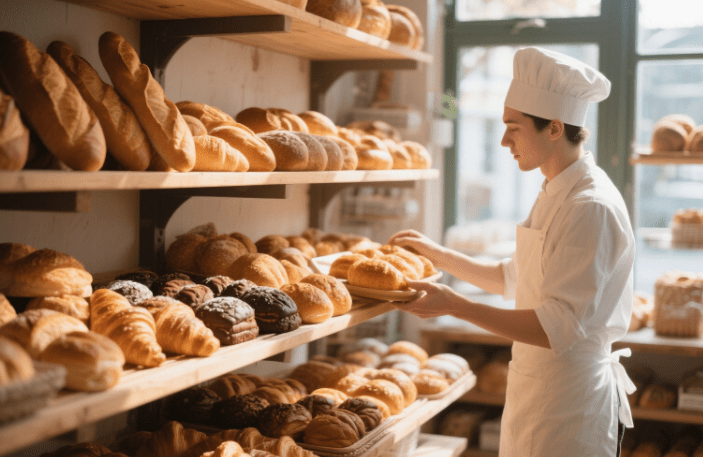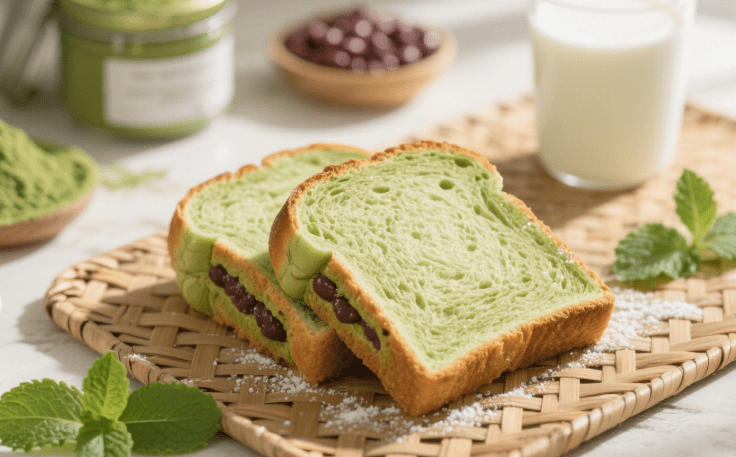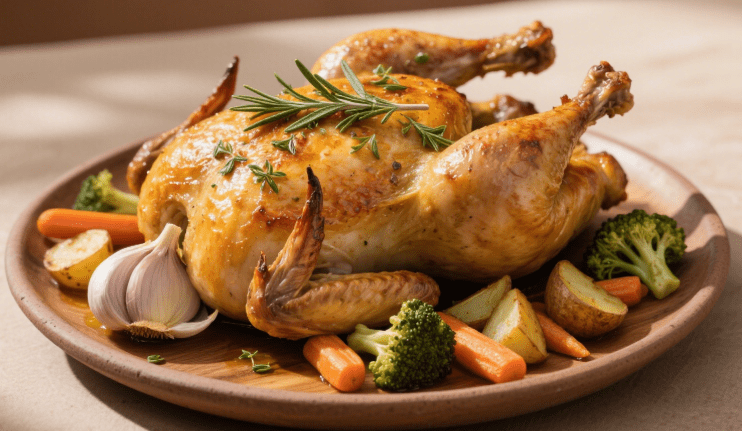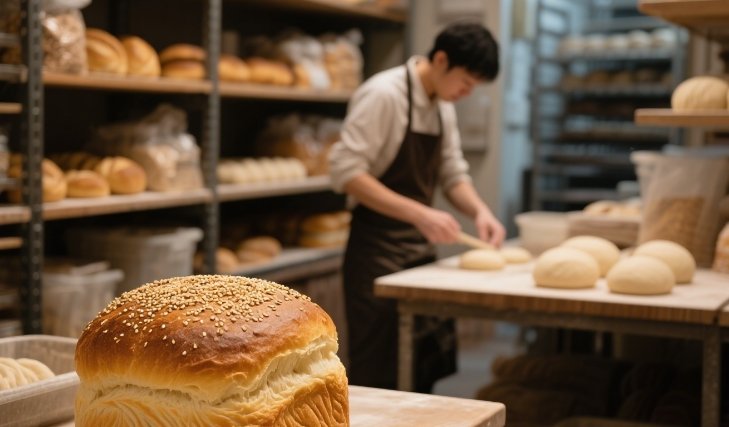For successful commercial baking, selecting the right proofer is a crucial detail that cannot be overlooked.
Compared to other proofers, the Retarder Proofer has unique advantages and application scenarios. It combines both retarding (slow fermentation) and normal proofing functions, making it suitable for a wider range of uses.
Its core feature lies in precisely controlling a low-temperature environment (0°C – 10°C) to inhibit yeast activity, which can slow down or even pause the dough fermentation process.
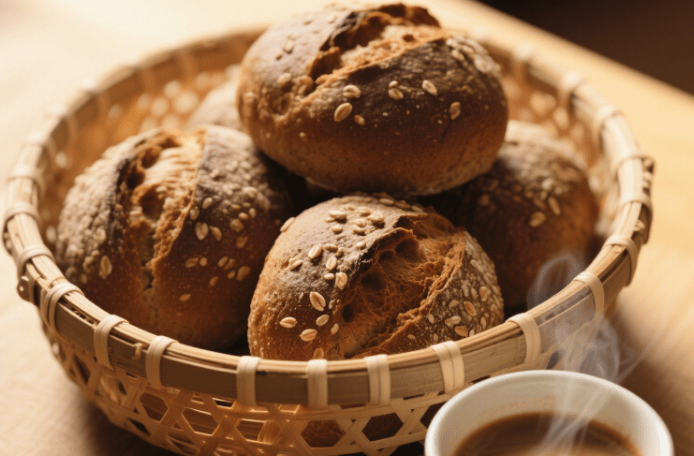
Advantages of a Retarder Proofer
1. Optimize Production Scheduling
Traditional dough fermentation must be completed within a fixed timeframe (e.g., a few hours at room temperature), which imposes strict constraints on operation time. However, the retarding function allows flexible adjustment of fermentation pace:
To allocate human resources rationally and avoid overcrowding during morning peak hours, you can prepare dough the night before, place it in the Retarder Proofer for low-temperature slow fermentation, and then take it out the next day for subsequent shaping and baking.
This off-peak production method is critical for industries with significant time fluctuations. The equipment enables full utilization of human resources while ensuring sufficient supply during peak purchase periods.
2. Enhance Dough Flavor Complexity
Traditional fermentation with a fixed duration tends to result in monotonous flavor. By controlling the yeast fermentation time, the quantities of organic acids and esters produced during fermentation change, making diverse flavors possible:
During low-temperature retarding, the dough ferments slowly, breaking down carbohydrates to develop richer flavors such as wheat aroma and subtle sourness—ideal for European-style hard bread, sourdough, and other varieties that emphasize flavor.
Additionally, slow fermentation refines the gluten structure, improving texture and making the baked bread softer and more elastic.
3. Reduce Operational Errors and Waste
Dough fermentation is sensitive to temperature and time. Traditional fermentation often fails if not handled promptly (e.g., forgotten), leading to wasted dough. The retarding function addresses this issue:
In case of equipment failure or labor shortage, bakers can immediately activate low-temperature retarding to prevent dough spoilage. Even if there is a slight deviation in fermentation time, the low-temperature environment provides more room for adjustment, minimizing production losses.
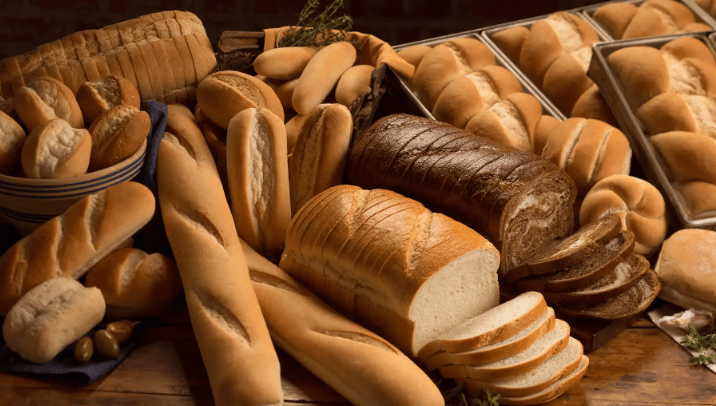
How to Choose the Right Retarder Proofer? Reviews of Popular Models
1. Prioritize Temperature Control Performance
– Temperature Range: High-quality models should cover the ideal range from “low-temperature refrigeration” to “optimal proofing temperature” (i.e., -18°C ~ 40°C).
– Temperature Stability: Prioritize models with an internal temperature variation of ≤ ±1°C to avoid uneven local temperatures.
2. Match Capacity to Production Volume – Avoid Waste
Reference standards are as follows:
– Small-scale bakeries/workshops: Choose 16~18-tray single-door models (e.g., Nicko F-16RS/F-18RS), which occupy less space (approximately 6009601980mm).
– Medium-sized bakeries/catering establishments: Prioritize 30~32-tray models (e.g., Nicko F-30RS/F-32FS). Some models (like F-30RS) feature a bottom-opening design for easier dough access, eliminating the need for frequent bending.
– Large central kitchens/factories: Recommend 36-tray double-door models (e.g., Nicko F-36RSD/F-36FSD) for sufficient capacity and high operational efficiency.
3. Focus on Automation and Cleanliness Features
– Automation Functions: Look for features such as “automatic humidification/dehumidification,” “timed fermentation,” and “program storage.”
– Materials: The inner tank should be made of food-grade 304 stainless steel, with a system for regular condensation drainage. Some Nicko models have detachable components for thorough cleaning of gaps.
4. Pay Attention to Certifications and Energy Efficiency
– Energy Efficiency: Choose models with “environmentally friendly insulation technology” and “intelligent power control” (e.g., Nicko models marked with “Power Saving”).
Reviews of Popular Nicko Retarder Proofer Models
1. Nicko F-16RS (16-Tray, Single-Door) – Ideal Entry-Level Choice for Small Stores
Advantages:
① Compact size, suitable for small 10~20㎡ kitchen spaces;
② Easy-to-use microcomputer touchscreen, with a temperature error of ≤ ±0.5°C, making it beginner-friendly;
③ Food-grade 304 stainless steel inner tank for easy cleaning, paired with a drainage system to meet food hygiene standards.
Application Scenarios: Community bakeries, small baking workshops, coffee shops.
2. Nicko F-32FS (32-Tray, Single-Door) – Cost-Effective Option for Medium-Scale Production
Advantages:
① Supports both “frozen storage” and “fermentation of multiple dough types”;
② 32-tray large capacity meets medium-scale production needs;
③ Independent cooling system + hot air circulation for uniform internal temperature and humidity;
④ Detachable shelves for complete cleaning.
Application Scenarios: Medium-sized bakery chains, catering kitchen backends, small baking factories.
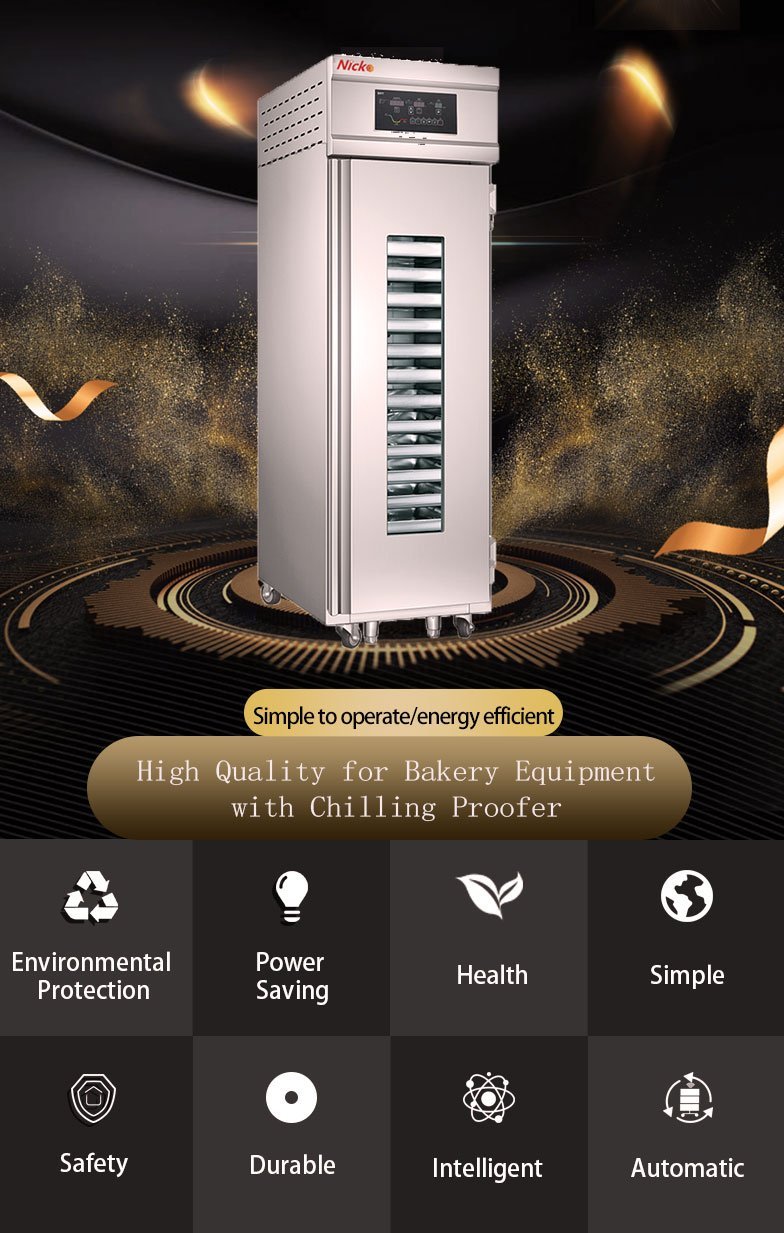
3. Nicko F-36RSD (36-Tray, Double-Door) – High-Efficiency Model for Large-Scale Operations
Advantages:
① Double-door, dual-zone design allows separate temperature and humidity settings for different zones;
② 36-tray large capacity with a compact size (60011601980mm), saving 30% of space compared to single-door models of the same capacity;
③ Low-power design for energy efficiency;
④ Large glass viewing window + digital touchscreen, with storage for 10 fermentation programs for one-click activation.
Application Scenarios: Central kitchens of bakery chains, large baking factories, high-end catering central kitchens.

